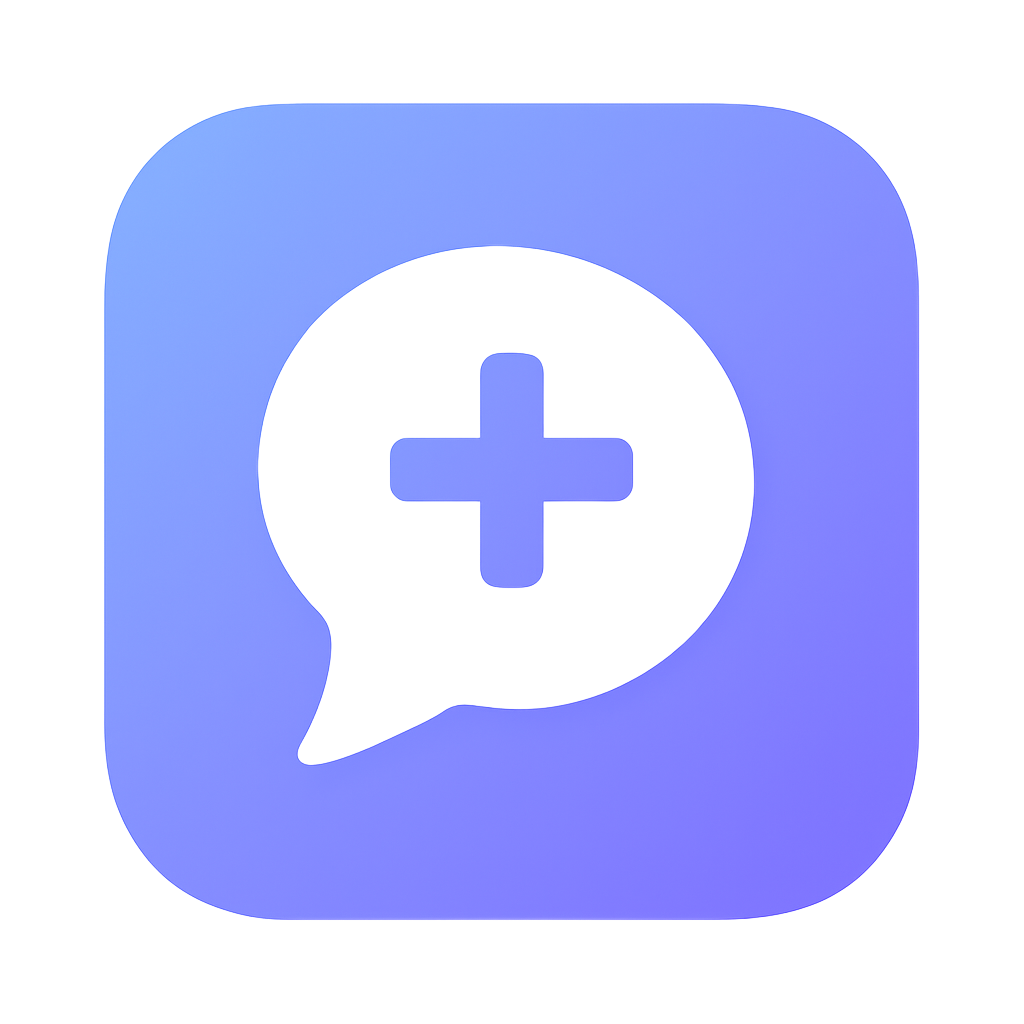What Are SLP SOAP Notes?
SOAP notes provide a structured method for documenting speech therapy sessions. The acronym stands for Subjective, Objective, Assessment, and Plan—four essential components that ensure comprehensive, professional documentation that meets insurance requirements and maintains clinical standards.
For speech-language pathologists, SOAP notes serve multiple critical purposes: they track patient progress, justify medical necessity for insurance, provide legal documentation, and facilitate communication between healthcare providers.
The Four Components of SLP SOAP Notes
S - Subjective
The subjective section captures the patient's or caregiver's perspective on their condition, progress, and concerns. This includes reported symptoms, feelings about therapy, and observations from family members or teachers.
- Patient/caregiver reports of progress or concerns
- Description of symptoms since last session
- Relevant medical or educational updates
- Motivation level and therapy compliance
O - Objective
Objective documentation includes measurable, observable data from your session. This is where you record specific therapy activities, accuracy percentages, and clinical observations.
- Specific therapy tasks performed
- Accuracy data and percentages
- Number of trials and cues provided
- Behavioral observations
- Standardized test scores if applicable
A - Assessment
Your clinical analysis of the session goes here. Interpret the objective data, note progress toward goals, and identify factors affecting performance.
- Progress toward short and long-term goals
- Analysis of performance patterns
- Factors facilitating or hindering progress
- Comparison to previous sessions
P - Plan
Document your plan for future sessions, including modifications to treatment approach, home practice recommendations, and timeline for goal review.
- Next session's focus areas
- Modifications to treatment approach
- Home practice assignments
- Recommendations for other services
- Timeline for progress review
Real SLP SOAP Note Example
Common SLP SOAP Note Mistakes to Avoid
1. Being Too Vague
Instead of "Patient did well," write "Patient achieved 85% accuracy (17/20 trials) on /s/ blends at sentence level with minimal cueing."
2. Missing Medical Necessity
Always document how therapy addresses functional communication needs and impacts daily living, education, or vocational activities.
3. Forgetting Caregiver Education
Document any parent training, home program instruction, or caregiver education provided—this demonstrates comprehensive care.
4. Inconsistent Goal Tracking
Reference specific IEP or treatment plan goals in each note to show systematic progress monitoring.
Time-Saving Tips for SLP SOAP Notes
Traditional Method
Per SOAP note
- Manual typing after session
- Trying to recall details
- Formatting and editing
With AI Assistance
Per SOAP note
- Auto-generated from recording
- All details captured
- Pre-formatted and complete
*Time estimates based on typical documentation workflows
💡 Pro Tip: Use Templates and Technology
Create templates for common session types, use abbreviations consistently, and consider AI-powered documentation tools like SLPFlow App that can generate SOAP notes directly from session recordings.
SOAP Notes for Different SLP Settings
School-Based SLP SOAP Notes
Focus on educational impact and IEP goals. Document how communication affects academic performance, peer interaction, and classroom participation. Include collaboration with teachers and progress toward educational objectives.
Medical SLP SOAP Notes
Emphasize medical necessity, functional outcomes, and safety concerns. Include specific medical diagnoses, swallowing safety, cognitive-communication status, and coordination with medical team.
Private Practice SOAP Notes
Balance insurance requirements with family-centered care documentation. Include detailed progress metrics for insurance justification while documenting parent coaching and home program compliance.
Insurance and Compliance Considerations
Your SOAP notes must demonstrate medical necessity for insurance reimbursement. Include functional limitations, skilled intervention provided, and measurable progress. Document why speech therapy specifically is required (not just practice or education).
- CPT code justification: Ensure documentation supports billed codes
- Progress requirements: Show measurable improvement or explain plateaus
- Skilled services: Document clinical decision-making and expertise
- Functional focus: Connect therapy to real-world communication needs
Digital Tools and AI for SLP SOAP Notes
Modern SLPs are increasingly turning to technology to streamline documentation. Digital tools offer templates, auto-formatting, and secure storage. The latest innovation—AI-powered documentation—can generate complete SOAP notes from session recordings.
AI tools trained on speech therapy documentation understand clinical terminology, recognize therapy activities, and format notes according to professional standards. This technology reduces documentation time by up to 90% while maintaining or improving quality.
Best Practices for Efficient SOAP Note Writing
- Document during or immediately after sessions - Details are freshest
- Use consistent terminology and abbreviations - Saves time and improves clarity
- Keep templates for common scenarios - Modify rather than starting fresh
- Focus on functional outcomes - Links therapy to real-world impact
- Be specific with data - Percentages and trials provide objective evidence
- Reference goals consistently - Shows systematic treatment approach
- Consider recording sessions - Allows accurate documentation and review
The Future of SLP SOAP Notes
Documentation is evolving rapidly. Electronic health records are becoming standard, telehealth requires new documentation approaches, and AI is automating routine documentation tasks. SLPs who embrace these technologies while maintaining clinical excellence will provide better patient care with less administrative burden.
 SLPFlow™
SLPFlow™